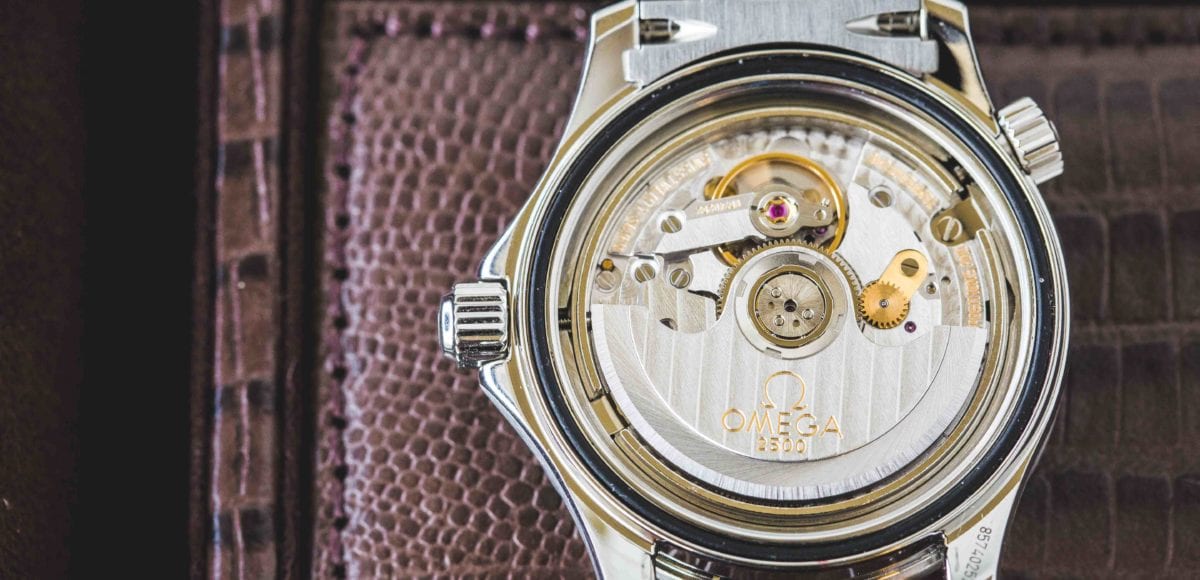When John Calvin banned the manufacture of jewelry in Geneva during the mid-16th century, that moment was the catalyst for both an economic and cultural shift in Switzerland. Because Calvin claimed that wearing jewelry was idolatrous, Swiss jewelers took their skills and changed their profession to watchmaking.
This was the beginning of Swiss watchmaking history.
Swiss Watchmaking Through History
In 1601, the first watchmaking guild was founded in Geneva, marking a major step in establishing Switzerland as a destination for fine watchmaking throughout the world. By 1704, watchmaking dominated the Swiss economy.
There are several reasons for this. Switzerland’s cold winters forced many Swiss farmers indoors, where they found work creating and assembling watch components for firms based in Geneva. Unlike France, Germany, or even England at the time, Swiss watchmaking’s non-central nature lent well to mass production. As Europe rapidly industrialized in the 1800s, Switzerland’s watch industry grew along with it, bringing both innovation and efficient production (though not necessarily together).
As a country, Switzerland balanced the influence of the artistic French to the west and the industrious Germans to the north. Swiss watchmaking married together the aesthetics of a watch’s design with the precise attention to detail required to ensure its quality. Both of these traits created a culture that was ideal for creating fine timepieces requested by the elites of the world at that time.
At the turn of the 20th century, Swiss watchmakers zeroed in on the emerging American market with good quality watches at mid-range prices; they succeeded in dominating that market by the post-WWII period. It certainly didn’t hurt that Switzerland’s neutral status during both world wars allowed it to capitalize on military needs for both sides, keeping Swiss watchmaking facilities open and productive during contentious times.
The Luxury Watch Industry in Switzerland Today
The 1970s and 1980s saw Switzerland struggling with new quartz technology from Japan, a period which saw massive layoffs from major Swiss watch brands—they were quickly losing market share to less expensive and more accurate battery-powered timepieces. In response, Swiss watchmakers re-calibrated. They started celebrating heritage, distinguishing themselves as luxury items high in quality and design. It’s a strategy which has served them well, even with the growing number of German, American, and even Chinese watch companies fighting for market recognition.
In the past decade, many Swiss watchmakers have evolved their operations toward becoming ‘manufactures,’ which means they’re making their watches in-house. This distinguishes them from watch brands that buy components for assembly or companies that use a base movement and adjust it to their needs. Even with the increasing consolidation of watch manufactures under luxury holding companies like Richemont or LVMH, this is the most popular industry trend of the last few decades.
Swiss Watch Factories
Today, most major luxury watch manufactures house their headquarters or operations in Switzerland. These operations are generally concentrated around Geneva or La Chaux-de-Fonds along the western border of the country. Zoom in and click around on the map below to get a lay of the land when it comes to Swiss watchmaking.
Editor’s Note: This article was originally published on December 9, 2014. We have updated it for relevance and clarity.
Get More Articles Like This in Your Inbox
We're constantly creating great content like this. So, why not get it delivered directly to your inbox? By subscribing you agree to our Privacy Policy but you can unsubscribe at any time.






